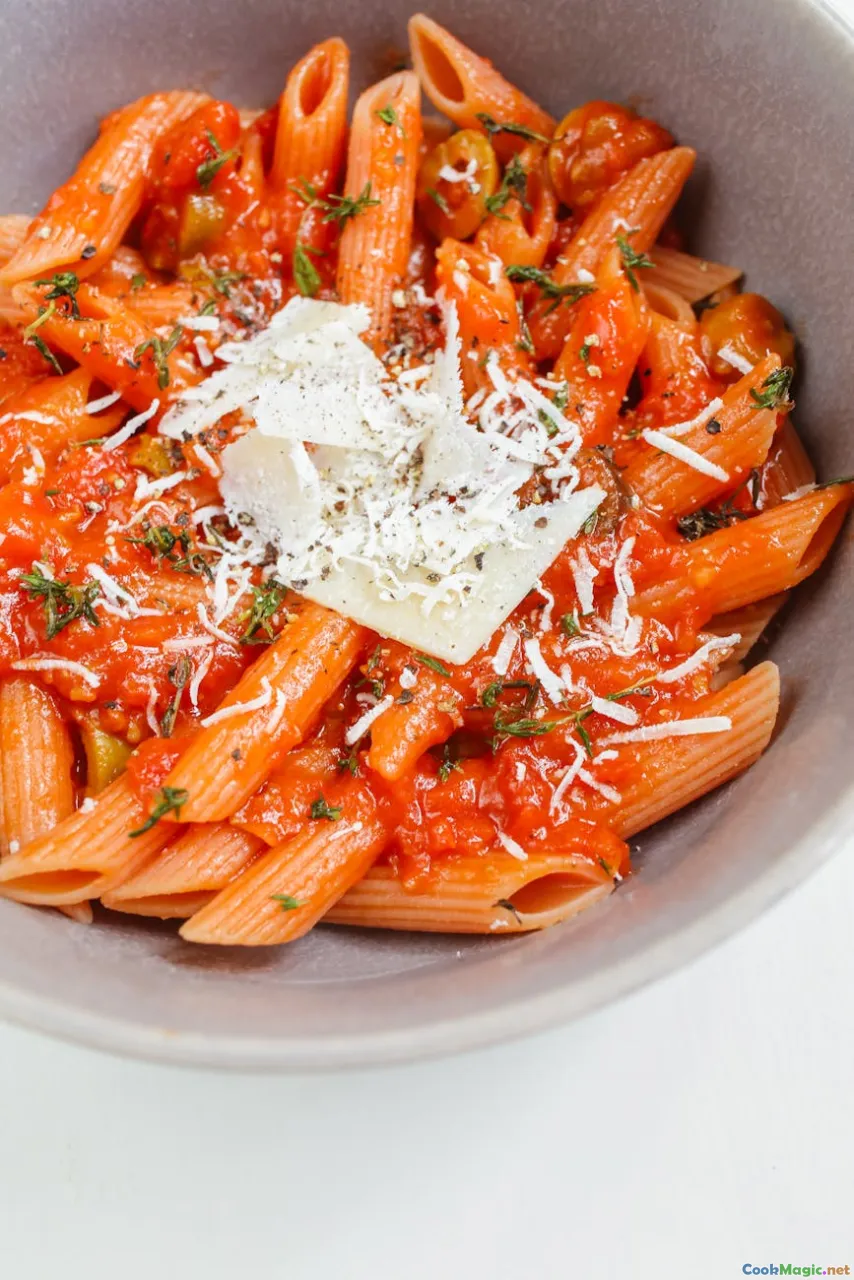Understanding the Origins of Macaroni and Cheese
8 min read Discover the fascinating history and cultural evolution of macaroni and cheese, a beloved comfort food rooted in centuries of culinary tradition. May 09, 2025 21:00
Understanding the Origins of Macaroni and Cheese
Imagine a steaming bowl of golden, bubbling cheese pasta—its aroma wafting through the kitchen, evoking childhood comfort and nostalgic warmth. Macaroni and cheese is more than just a simple dish; it’s an iconic symbol of American culinary identity, a dish that has evolved over centuries, weaving together threads of history, culture, and personal memory. But have you ever wondered where this creamy, cheesy marvel truly originated? How did it become a staple in households across the United States and beyond?
In this deep dive, we’ll explore the rich tapestry of the origins of macaroni and cheese, tracing its roots from ancient civilizations to modern comfort food legend. Prepare to uncover surprising facts, cultural influences, and the emotional resonance that makes this dish so universally loved.
The Ancient Foundations: From Antiquity to Europe
While macaroni and cheese as we know it today is a distinctly American creation, its roots stretch back thousands of years, crossing continents and civilizations.
Early Noodle Cultures
The story begins in ancient China and the Middle East, where the earliest forms of pasta and noodles emerged. Archaeological findings reveal that as early as 2000 BCE, dried pasta-like foods were being produced in China. Meanwhile, in the Middle East, the Persian dish kushari and other noodle-based recipes laid the groundwork for pasta’s spread.
The Roman and Medieval Contributions
In Europe, the Roman Empire adopted and adapted various noodle recipes, integrating them into their cuisine. Medieval European cookbooks occasionally mention baked pasta dishes, often using local cheeses and herbs. However, these early dishes were quite different from the creamy, cheesy concoctions that would later define American macaroni and cheese.
The Birth of Macaroni and Cheese in Europe
The true precursor to modern macaroni and cheese began to take shape during the Renaissance period, particularly in Italy.
Italy’s Influence
In Italy, pasta had become a culinary art by the 14th and 15th centuries. Dishes like macaroni—a term derived from the Greek makarōn—became popular among the wealthy, often served with cheese, butter, or sugar. The Italian maccheroni was often coated with cheeses like Parmesan or Ricotta, creating simple yet rich flavors.
The Cheesemaking Connection
Cheese itself was a prized commodity in medieval Europe, and its use in pasta dishes was a sign of luxury and refinement. Recipes began to emerge that combined pasta and cheese, served in various forms—baked, boiled, or layered.
The Journey to America
The transition from European pasta dishes to the American classic is a story of migration, adaptation, and innovation.
European Immigrants Bring Their Traditions
In the 18th and 19th centuries, waves of European immigrants, especially Italians and Germans, brought their culinary traditions to North America. They introduced pasta and cheese-based dishes, which gradually gained popularity.
The Role of Commercial Pasta Production
In the late 19th century, the advent of industrial pasta manufacturing in the United States made pasta more accessible and affordable, fueling its integration into American cuisine.
The American Twist: Macaroni and Cheese Emerges
It was during this period that the dish began to take on a distinctly American identity. Cookbooks from the early 20th century, like those from the Campbell Soup Company, promoted recipes for baked macaroni and cheese, often using processed cheese slices or powders.
The 20th Century Boom: Convenience and Comfort
The 20th century was pivotal in cementing macaroni and cheese as a household staple.
The Great Depression and World War II
During the Great Depression, economical, filling foods became essential. Kraft Foods’ introduction of processed cheese slicesandboxed macaroniin the 1930s revolutionized home cooking. Their famousKraft Macaroni & Cheese boxes, introduced in 1937, offered a quick, inexpensive, and satisfying meal—an instant hit.
Post-War Popularity
Post WWII America saw a surge in convenience foods. Macaroni and cheese became emblematic of modern, busy lifestyles, transforming from a special occasion dish to everyday comfort food.
Cultural Significance and Personal Memories
For many Americans, macaroni and cheese is more than sustenance—it’s a vessel of nostalgia, family traditions, and personal stories.
A Dish of Childhood and Family
From grandma’s homemade baked version to quick weekday dinners, the dish evokes warmth, love, and shared moments. Its creamy, cheesy richness is associated with celebration and comfort.
Variations and Innovation
Today, chefs and home cooks continue to reinvent macaroni and cheese—adding spices, meats, vegetables, or even gourmet cheeses—yet the core of the dish remains rooted in its simple, hearty origins.
The Future of Macaroni and Cheese
As culinary innovation advances, so does the versatility of this classic dish. From plant-based cheeses to gluten-free pastas, the future promises exciting new interpretations while honoring its rich history.
Embracing Cultural Diversity
Global influences and dietary trends are inspiring fusion recipes—think spicy jalapeño mac and cheese, vegan versions, or international twists featuring spices from around the world.
Sustainable and Ethical Choices
With increasing awareness of sustainability, new recipes focus on locally sourced ingredients, ethical cheese production, and environmentally friendly pasta options.
Conclusion: A Timeless Icon
Macaroni and cheese’s journey from ancient civilizations to modern American tables exemplifies the power of food to connect history, culture, and emotion. Its creamy, cheesy embrace continues to comfort and inspire, reminding us that sometimes, the simplest dishes hold the most profound stories.
Whether enjoyed as a quick weeknight dinner or a gourmet creation, macaroni and cheese remains a testament to culinary adaptability and cultural resilience. So next time you indulge in a bowl of this beloved dish, remember—you’re tasting centuries of history and a legacy of comfort that spans across continents and generations.









